A Century of Swedish Fashion
Ruolan Wang - Authorruolan.wang@osqledaren.se
Ruolan Wang - Illustratorruolan.wang@osqledaren.se
Christopher Winterstein - Authorchristopher.winterstein@osqledaren.se
How you dress can tell a lot about you… From your preparation for the day to the kind of people you’re planning to meet, fashion and clothing can give crucial information about what’s on your mind or your life. Of course, trends and fashion have changed through history, making it hard but enjoyable to study what dressing and fashion were like in previous decades. To understand how the art of clothing and fashion evolved, let’s dive through the most classical and breathtaking looks and styles from the last century, focusing mainly on Swedish fashion. Let’s discover how clothing has changed from decade to decade!
The '30s: Parisian style and couture
Through interwar decades, the representation of the healthy toned body was widespread in Swedish society, leading to the notion of “sportswear fashion”, very chic and classy, inspired by French designs, but willing to convey a structured and hygienic vision of clothing and lifestyle

The '40s: The apparition of ready-to-wear
Fashion began to benefit from Industrial production breakthroughs, which permitted the development of ready-to-wear collections. It helped through World War II as the Swedish government imposed price-controlled collections and demanded a patriotic consumption effort. The style is still often inspired by trendy French designs.

The '50s: Middle-way Fashion
In the late 40s and early 50s, Swedish fashion became more and more focused on practicality and ease, but it still paid attention to elegance. Despite the harsh Swedish winter, the classic and iconic everyday wool coat (often with fur) is a must-have during the period.
Styles also align with “Middle way” fashion, a compromise between high-rate mechanical production and more artisanal clothing tailoring. Modellkonfektion is a typical Swedish high-end ready-to-wear fashion style representative of the Middle Way.

The '60s: The hippie trend
In the 60s, a massive change happened due to economic difficulties in the clothing sector: mass market retail chains took the lead in the Swedish clothing industry, aiming their products at the general public, willing to be trendy but not into the wild experimentations of couture.
An example of that Success story is the acquisition by the women-only fashion brand Hennes of the company of hunting apparel and fishing equipment Mauritz Widforss, leading to the rebranding of the company Hennes as Hennes & Mauritz (H&M) in 1968. The fashion brand also started producing men's and children's clothing and developed fast with more than 40 stores around Sweden in 1969.
During the period, the hippie style continued with long hair and colourful and patterned long dresses and shirts.
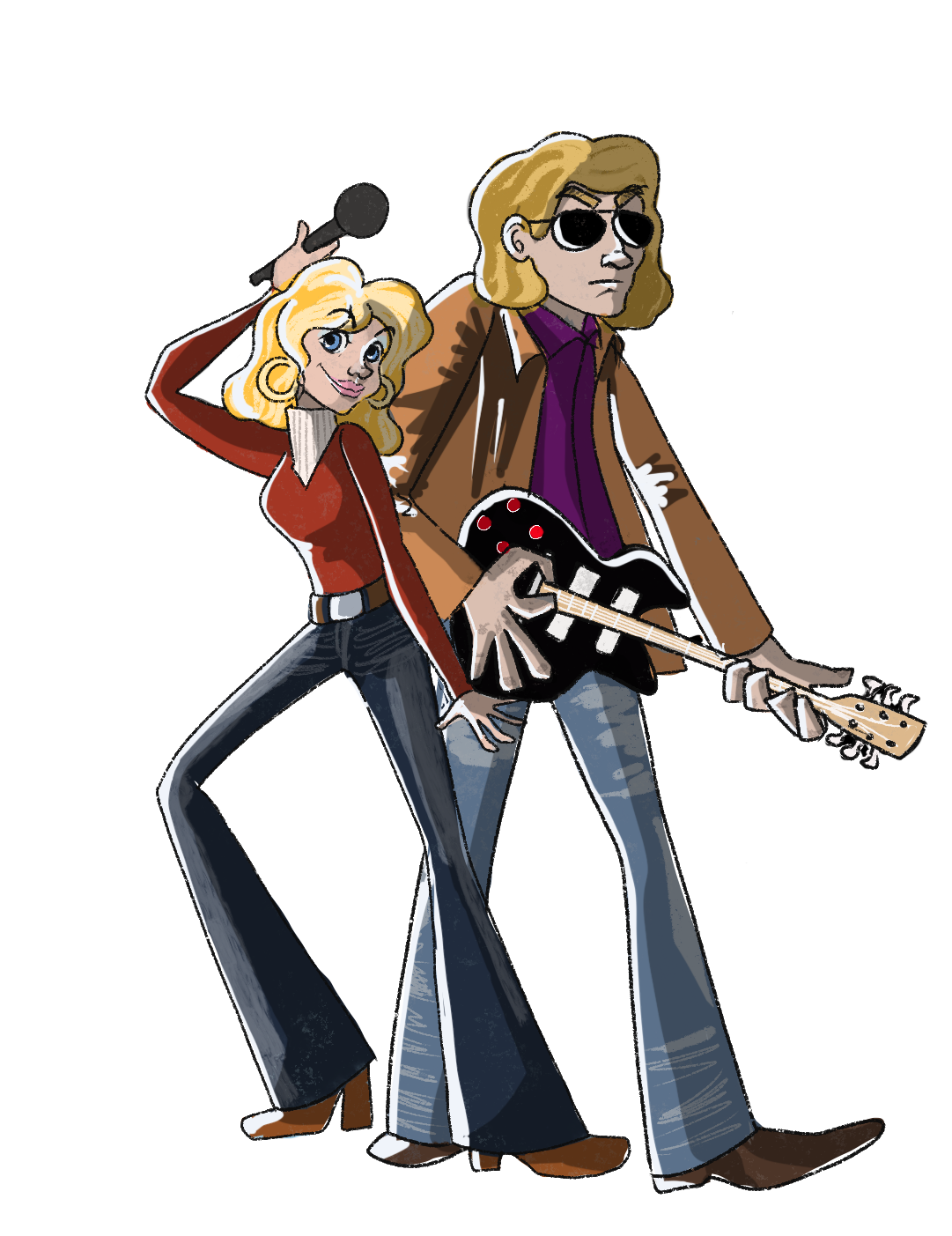
The '70s: The Abba aesthetic
The Abba style went hard in the 70s as the group gained national and international success after winning the Eurovision Song Contest 1974 with Waterloo. The style is colourful flashy (definitely kitsch for our eyes), and the clothes are wide and inspire freedom.
The period also marks probably the beginning of a cultural-massified way of dressing: from the sixties/seventies on, thanks to the beginning of globalisation and world media, each decade will iconically be associated with a given style for music, cinema, and, of course also for fashion, based on American trends all around the world.
From Swedish fashion history, we move to a global narrative.
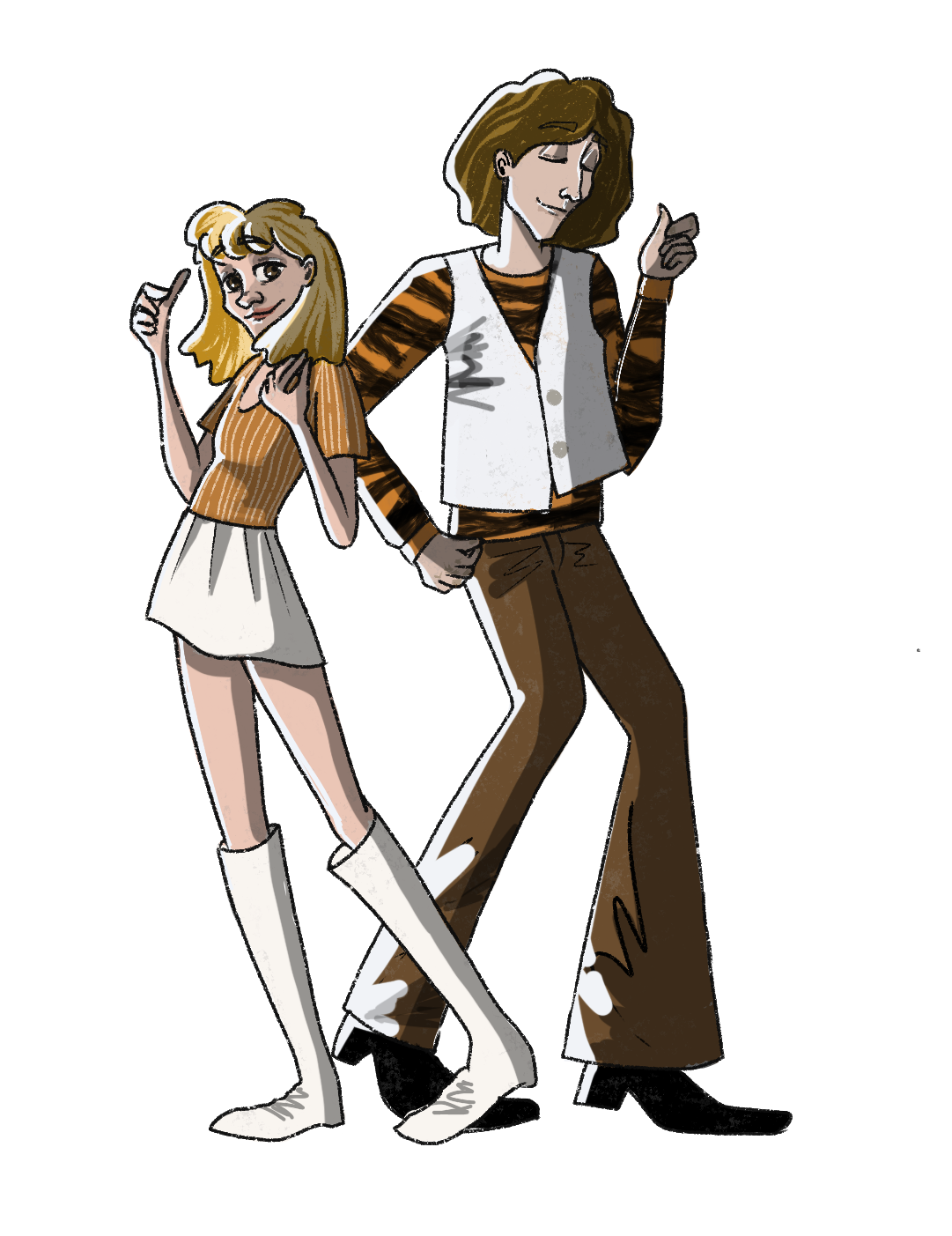
The '80s: Disco fever
During the 80s, Pop & Disco took over the world, and their fashion marked history: if colours remain from the previous decades, the clothes are tighter and more eccentric. Showing the body is a must as sexy and unapologetic figures like Madonna or Prince run the charts, and new classic TV series like Dallas and Dynasty are on every screen.
At the same time, against that bright conformism, the punk movement born in the UK in the 70s defines its fashion and cynicism on the global artistic scene: in fashion, leather, ripped denim jeans, pointy metal jewellery and mohawk sign the punk style.
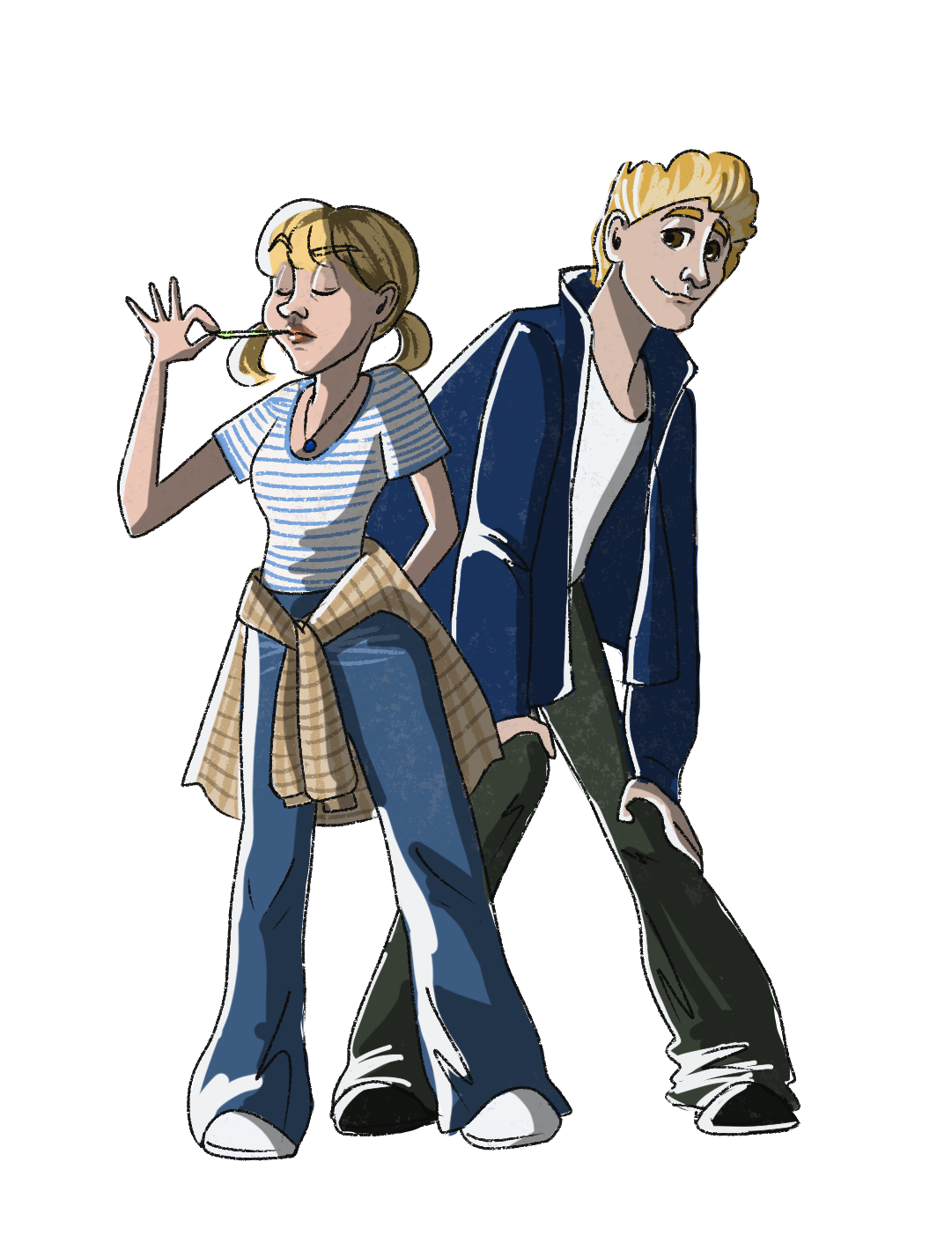
The '90s: Come on Vogue
A multiplicity of styles and influences marks the '90s; the prominent examples of ‘90s styles are grunge (with the typical use of flannel and denim), hip-hop, streetwear and casual chic (introducing hoodies and sneakers), but also glam wear (inspiring celebrities’ iconic red carpet looks) and ethnic fashion.
Designer and runway fashion takes a sharp turn as the incredibly thin and glamorous supermodels (like Naomi Campbell, Linda Evangelista or Kate Moss) strut down the runways of all fashion shows worldwide.
This marks a strong and definite split between popular and elite clothing as globalised multinationals move their production chains to countries where labour is cheaper, permitting them to sell their clothes at minimal prices. The late '90s and early 2000s were the beginning of fast fashion instead of high fashion.
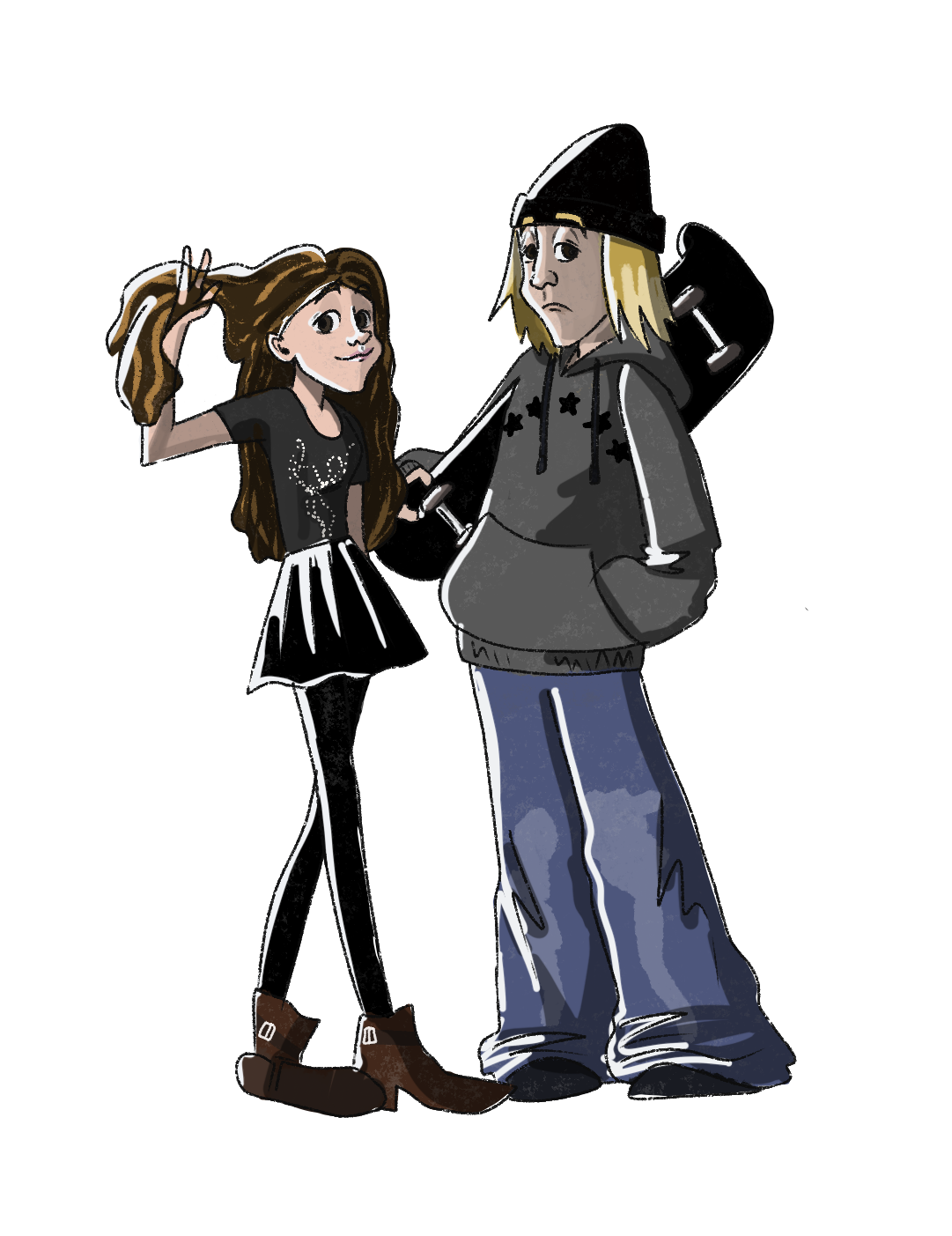
The 2000s: Melting Pot
The 2000s are the worst fashion decade ever in some people’s eyes. It is characterised mainly by a mix of styles but doesn’t bring many new influences or references. The trend of vintage permits a strong revival of '60s, '70s and '80s fashion (with a comeback of leather and cargo pants …) while '90s styles like casual chic and hip-hop remain. Some styles do emerge like Y2K fashion (reintroducing '70s and '80s crop tops and R’n’B-evocating hoop earrings), but also emo, skater and goth fashions, considered back then as “young rebellious teenagers' fashion phases”, influenced and influencing artists like Fall Out Boy, My Chemical Romance or Panic! At The Disco.
High fashion embraces its status as the elitist form of artistic clothing, and some designers like Alexander McQueen or John Galliano don’t hesitate to break the walls of acceptability and wearability with their runway pieces: high fashion becomes an art for the rich.
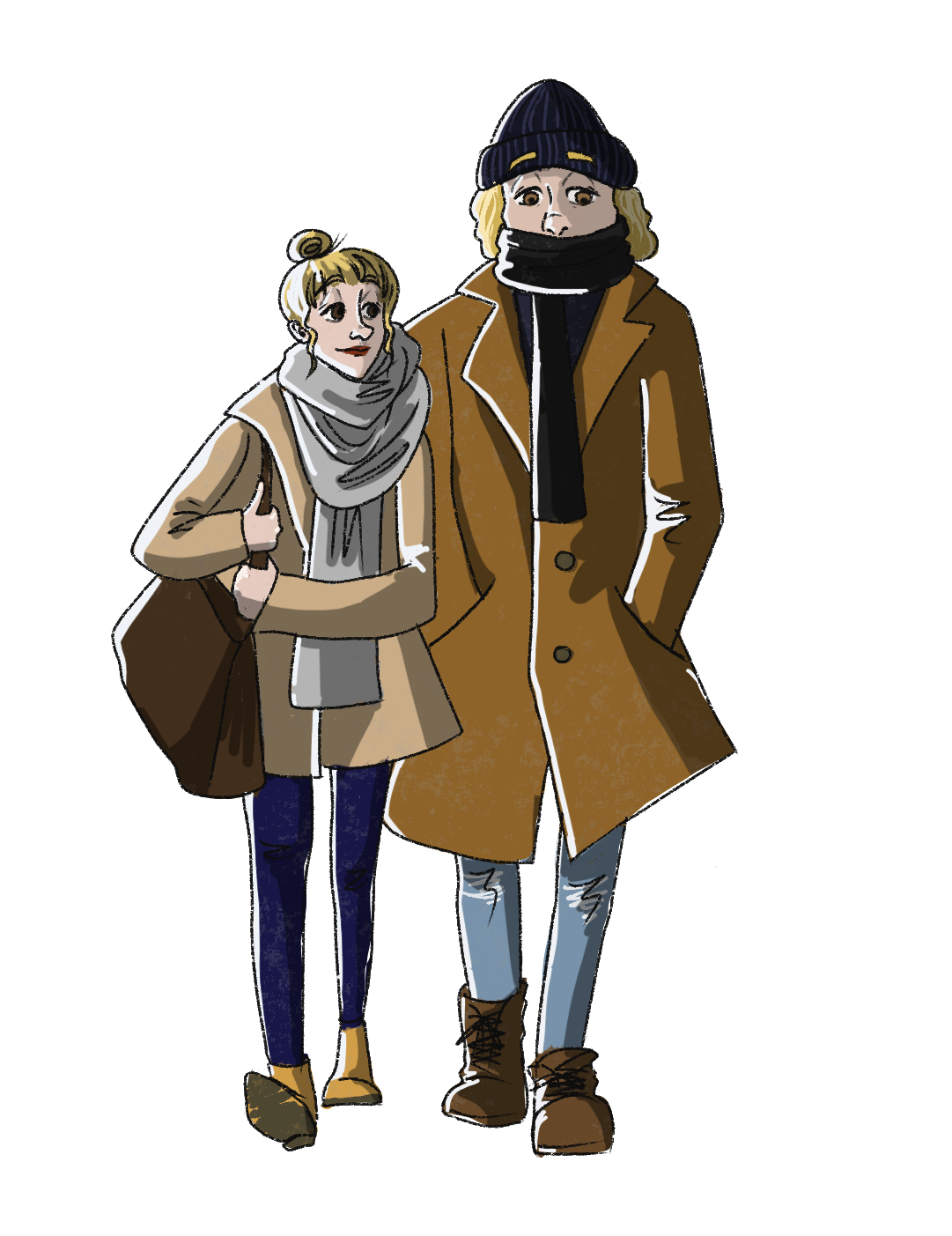
The 2010s: The art of blending in
Finally, the 2010s are in the continuity of the previous decade, still strongly influenced by the vintage trend. Sophisticated 70s and 80s styles remain fashionable while a more and more audible will of stylistic neutrality is felt in the fashion world. This explains the progressive erasure of bright colours in our wardrobes and the new “nude” or “natural” makeup trends. This can also explain the epidermic reaction characterised by the hipster movement: trying as much as possible to be original in the clothing, the hairstyle and the lifestyle to confront globalised uniformity.
For most in the 2010s, with the emergence of social media, standing out was more a question of detail and attitude than a question of complete looks; in this context, some designers and fashion houses found their way back into less well-off households. If the detail has to rock, then they’ll be the detail. That’s how iconic luxury brands like Gucci, Chanel and Louis Vuitton began selling some of the trendiest handbags and satchels to new and less affluent (yet quite wealthy) customers.
Conclusion
As history flows from decade to decade, art and culture feed on contemporary events to evolve and remain current. Through the last century, fashion and style are a perfect example of that plasticity of artistic expression: from the very Swedish elegant artisanal sportswear fashion of the 1930s to today’s fully globalised olive-green top from H&M, technical, economic, political and cultural evolutions marked the way of the Swedish fashion history.
This long clothing story continues as the hipster style died in the 2020s. As working condition scandals and ecological anger recently permitted a widespread awareness campaign against clothing multinationals, reshoring the clothing production chains might be the next step in our fashion adventure, guiding us to new styles and iconic looks in the future.
Publicerad: 2024-01-08



